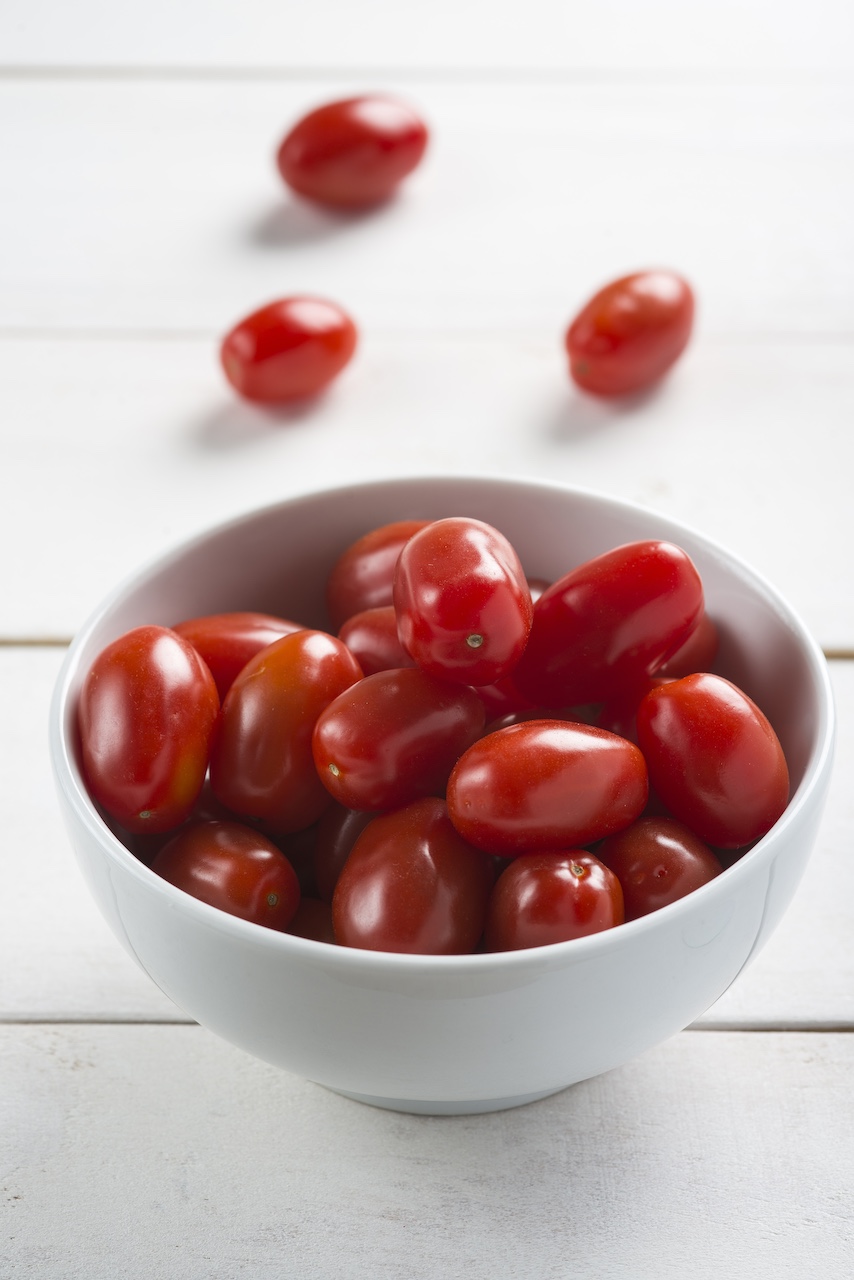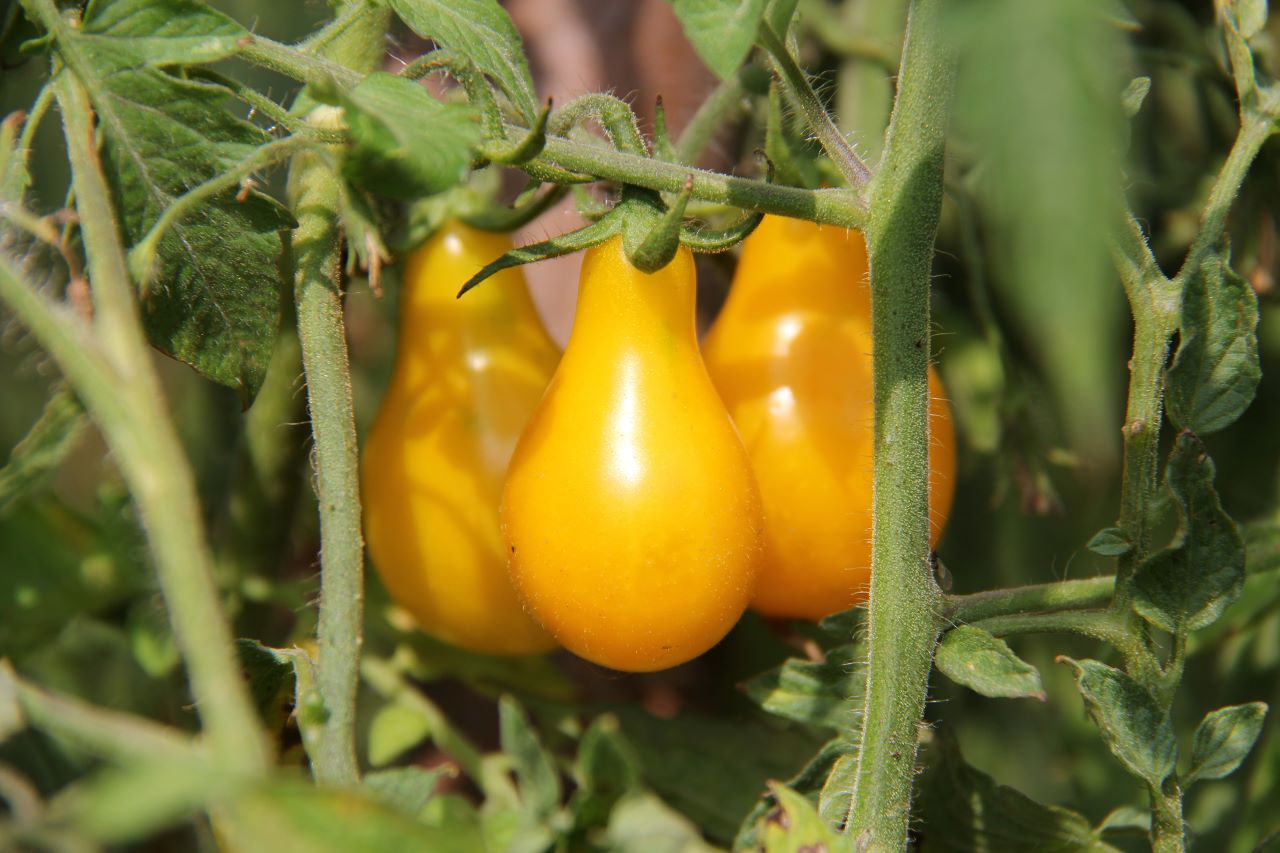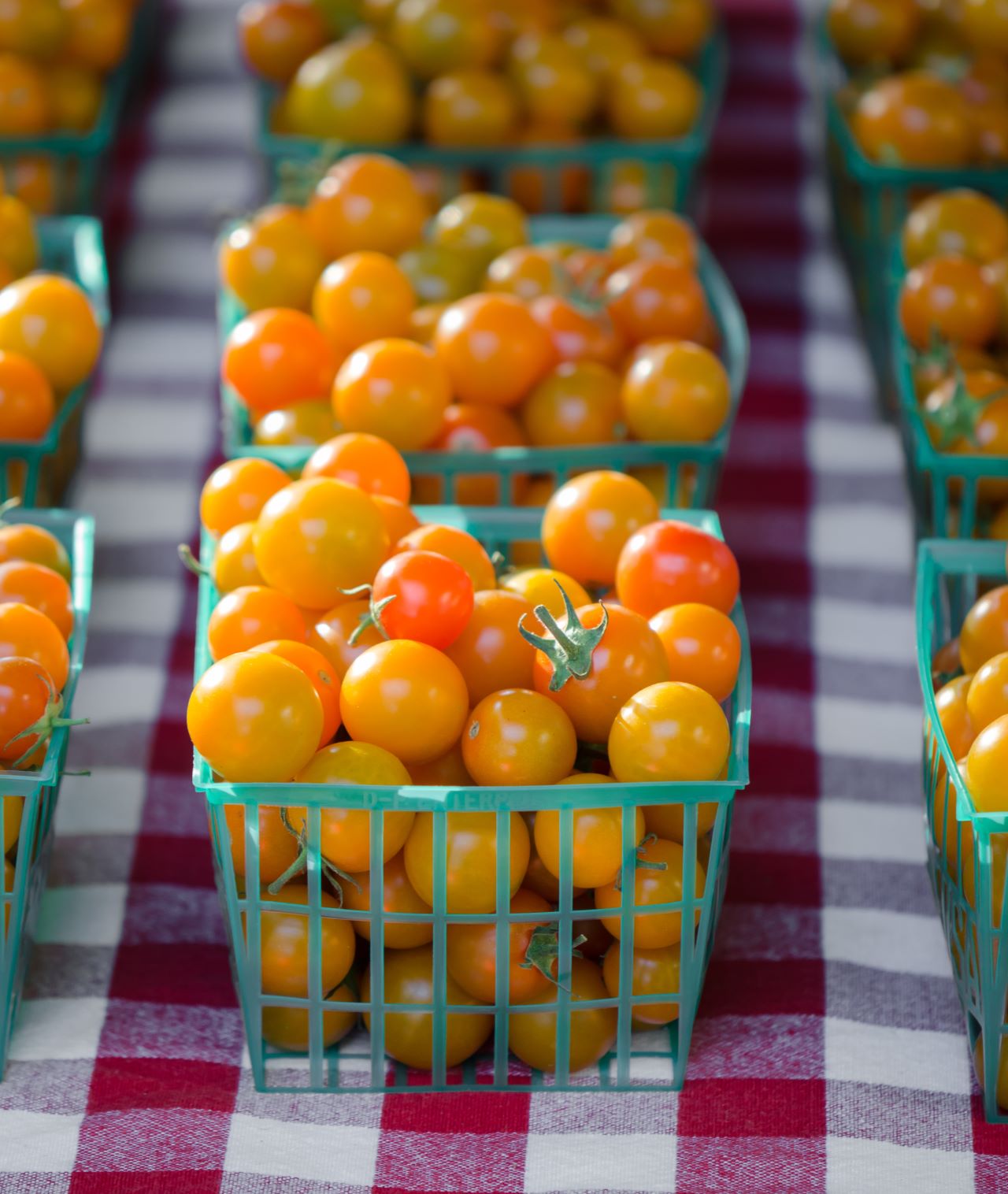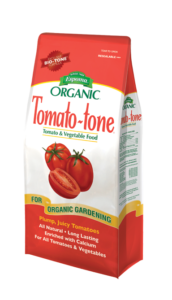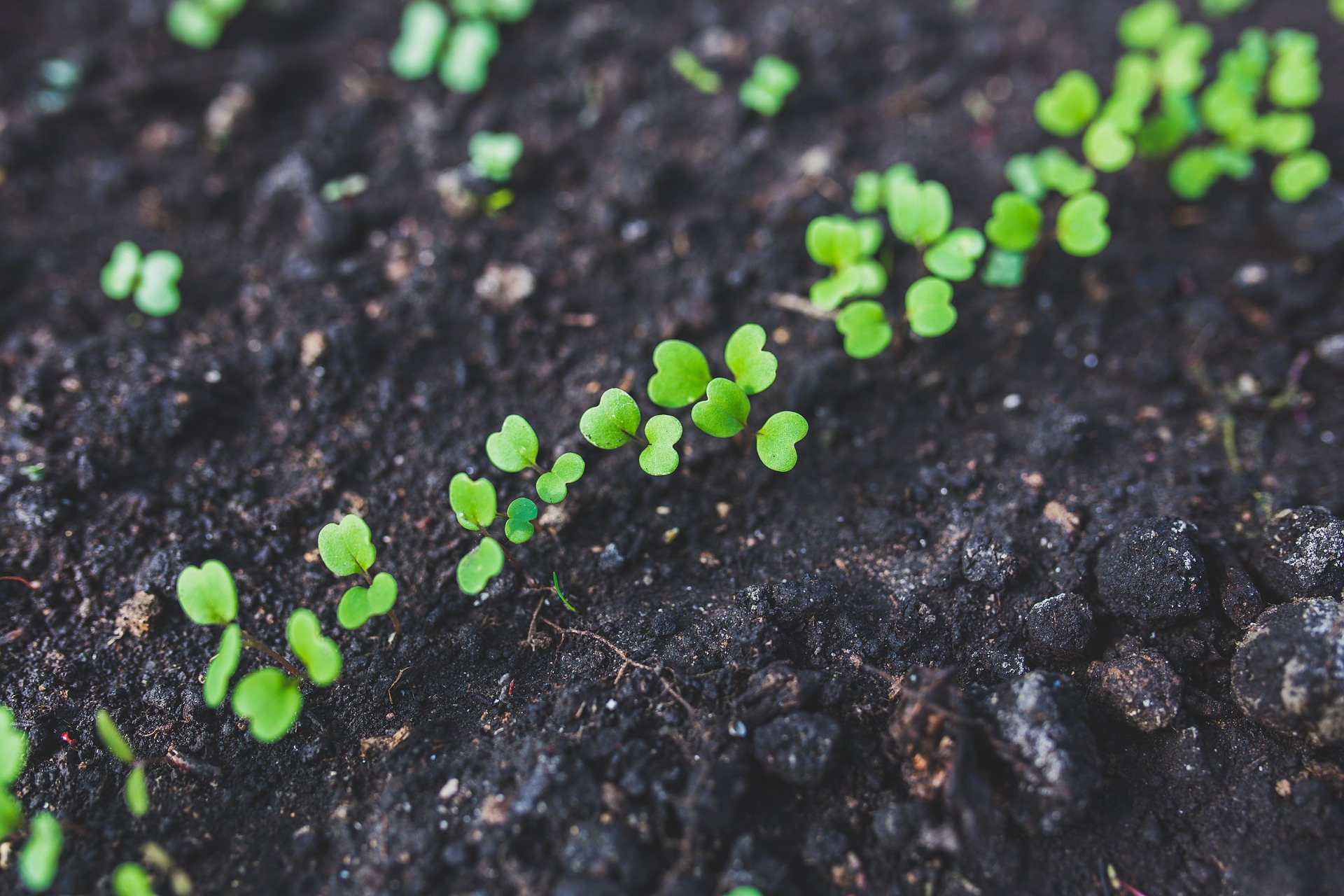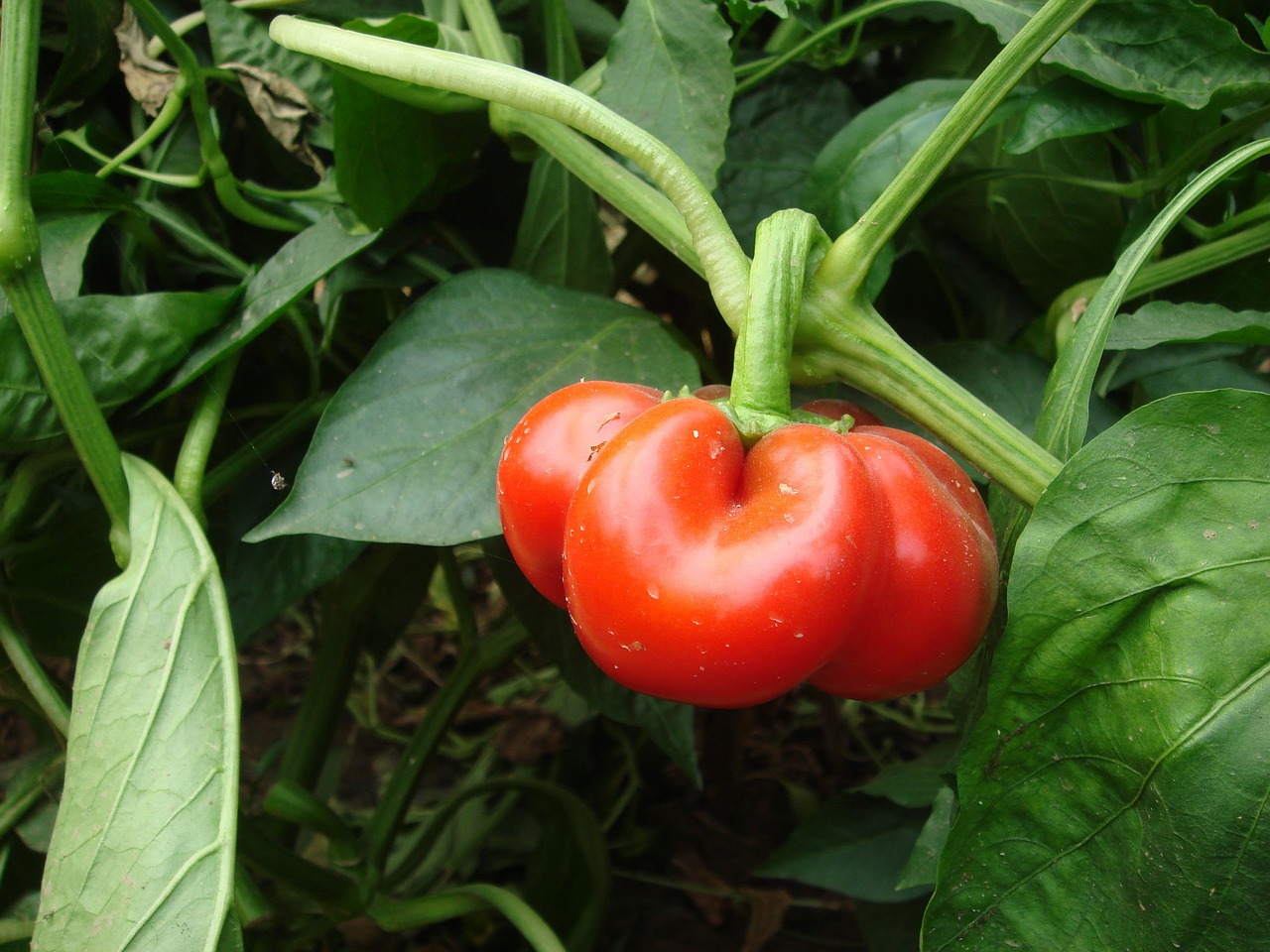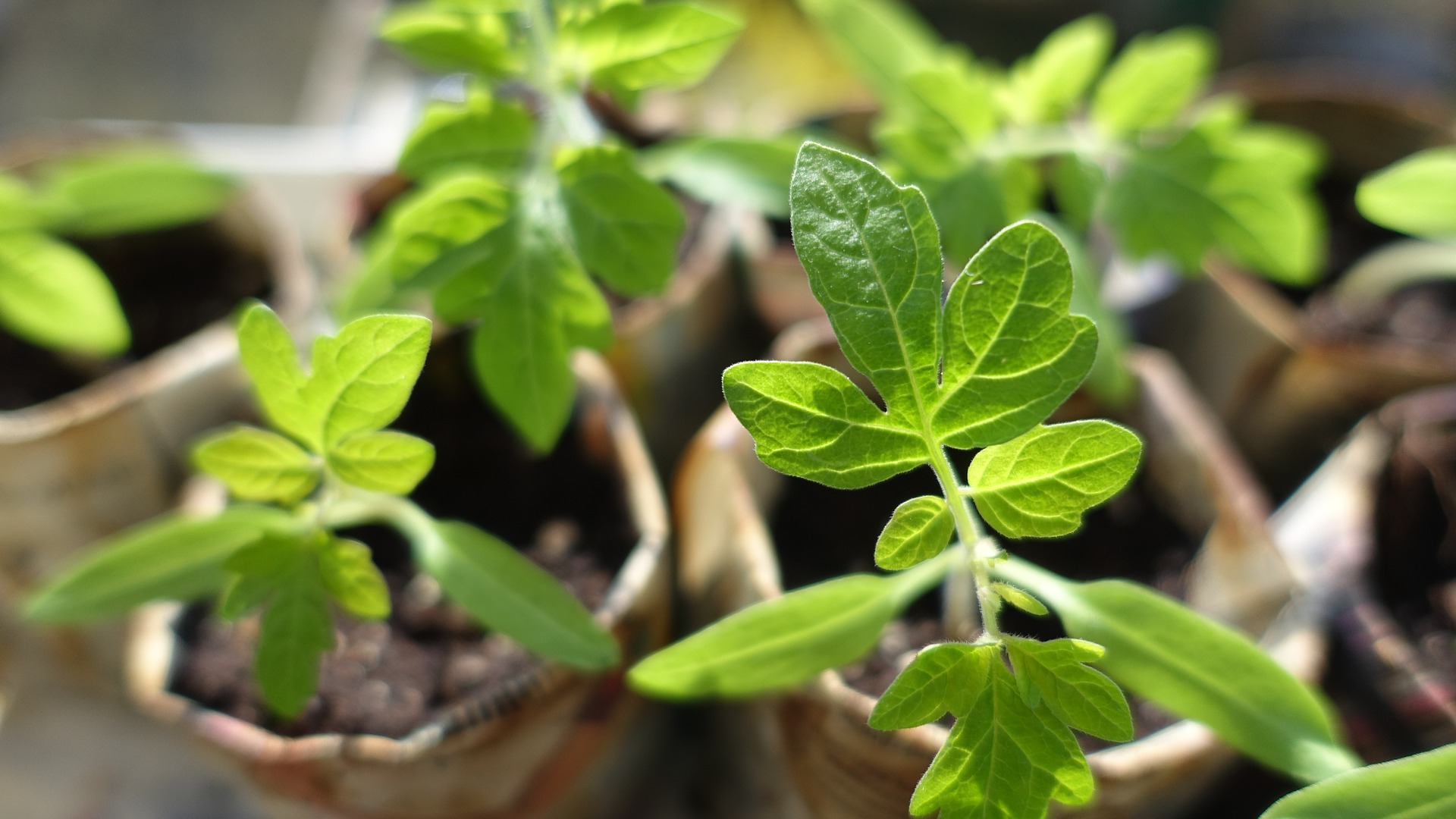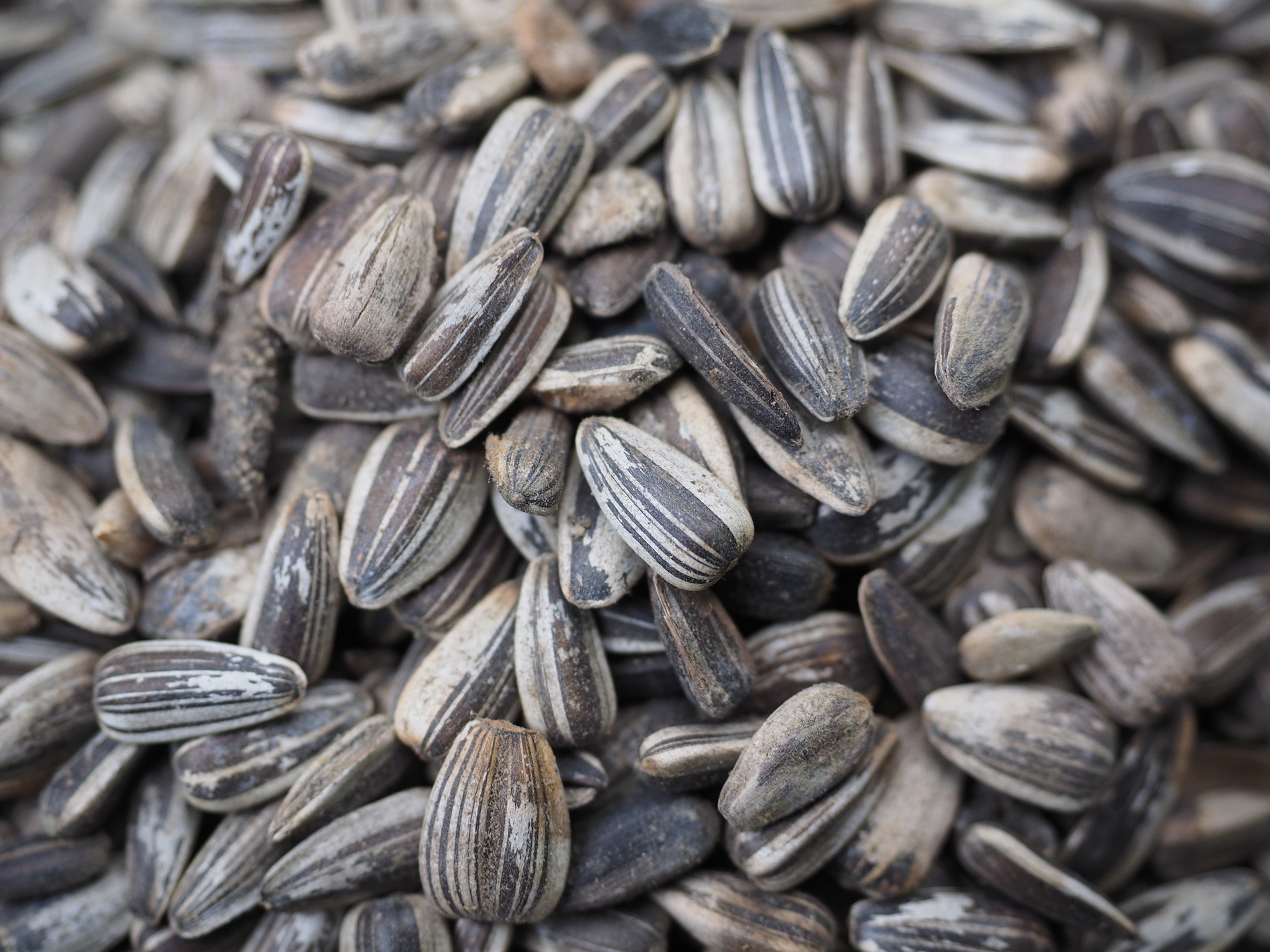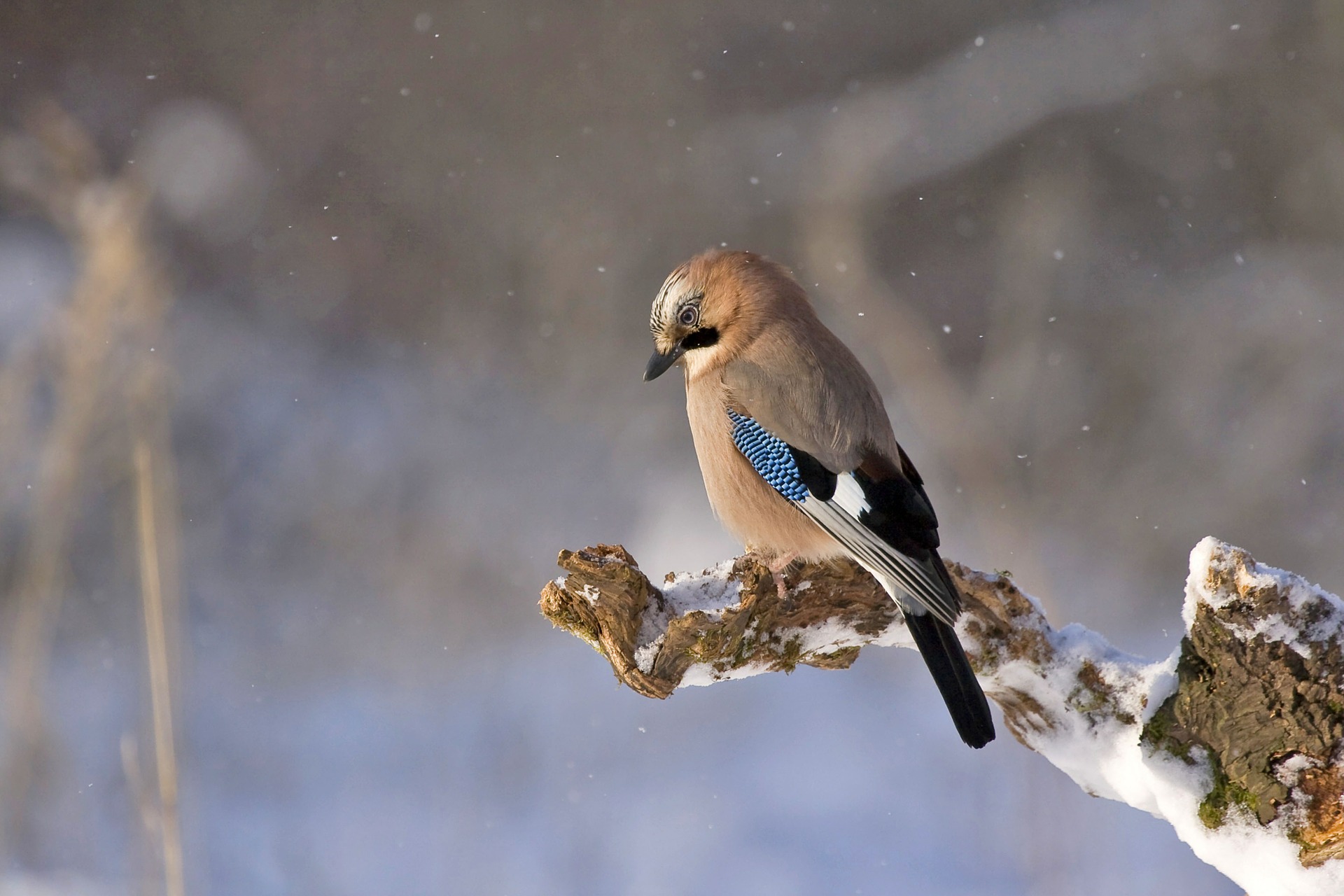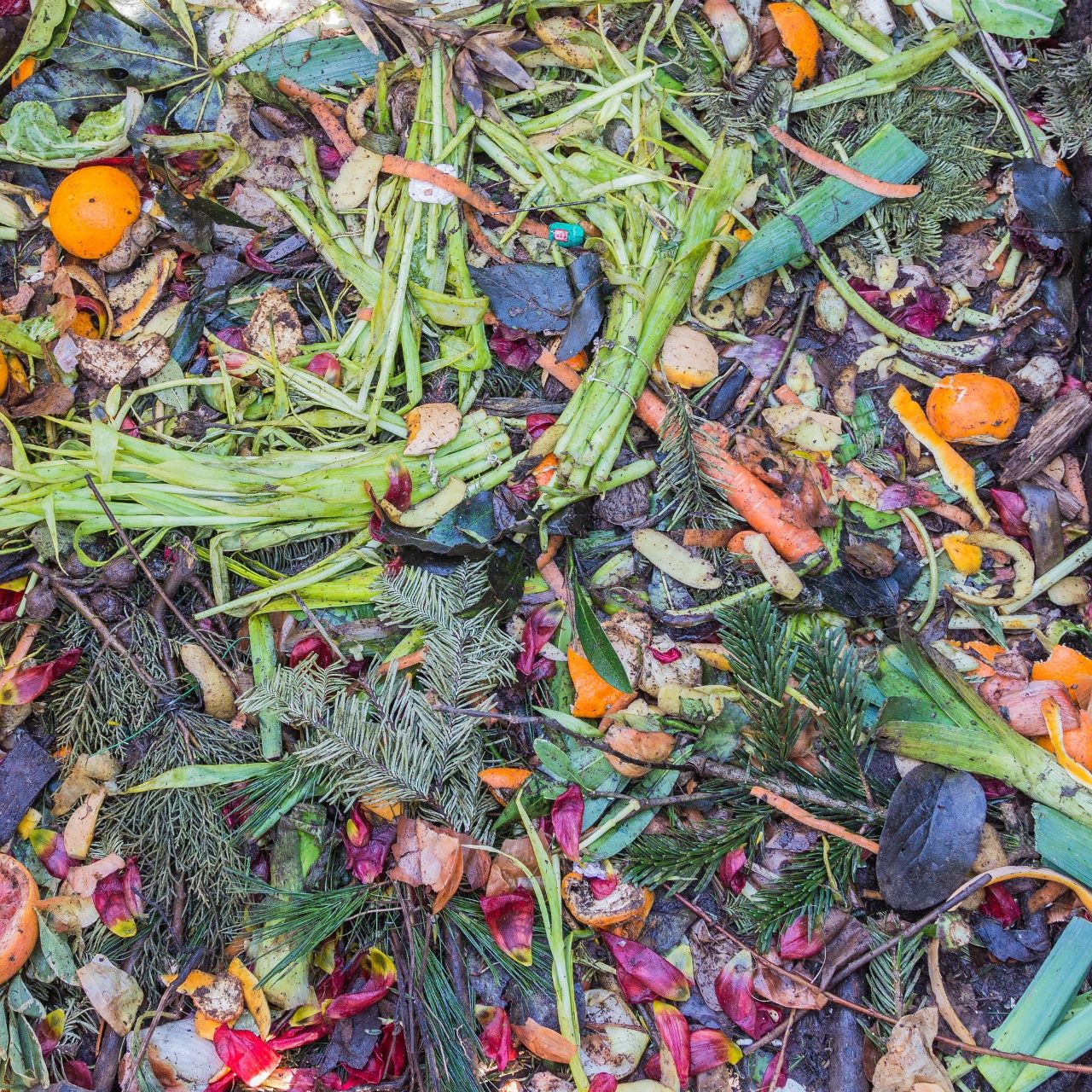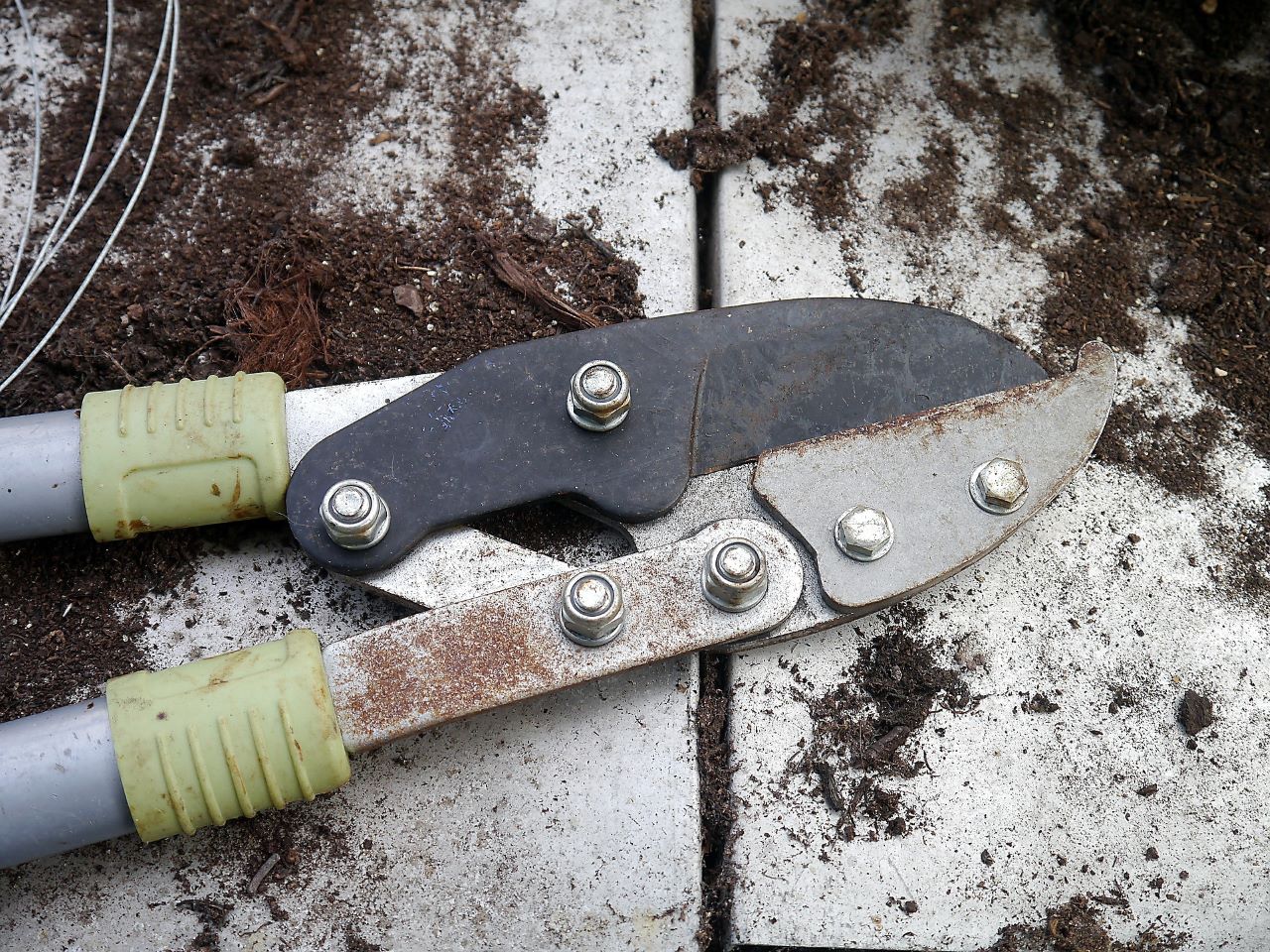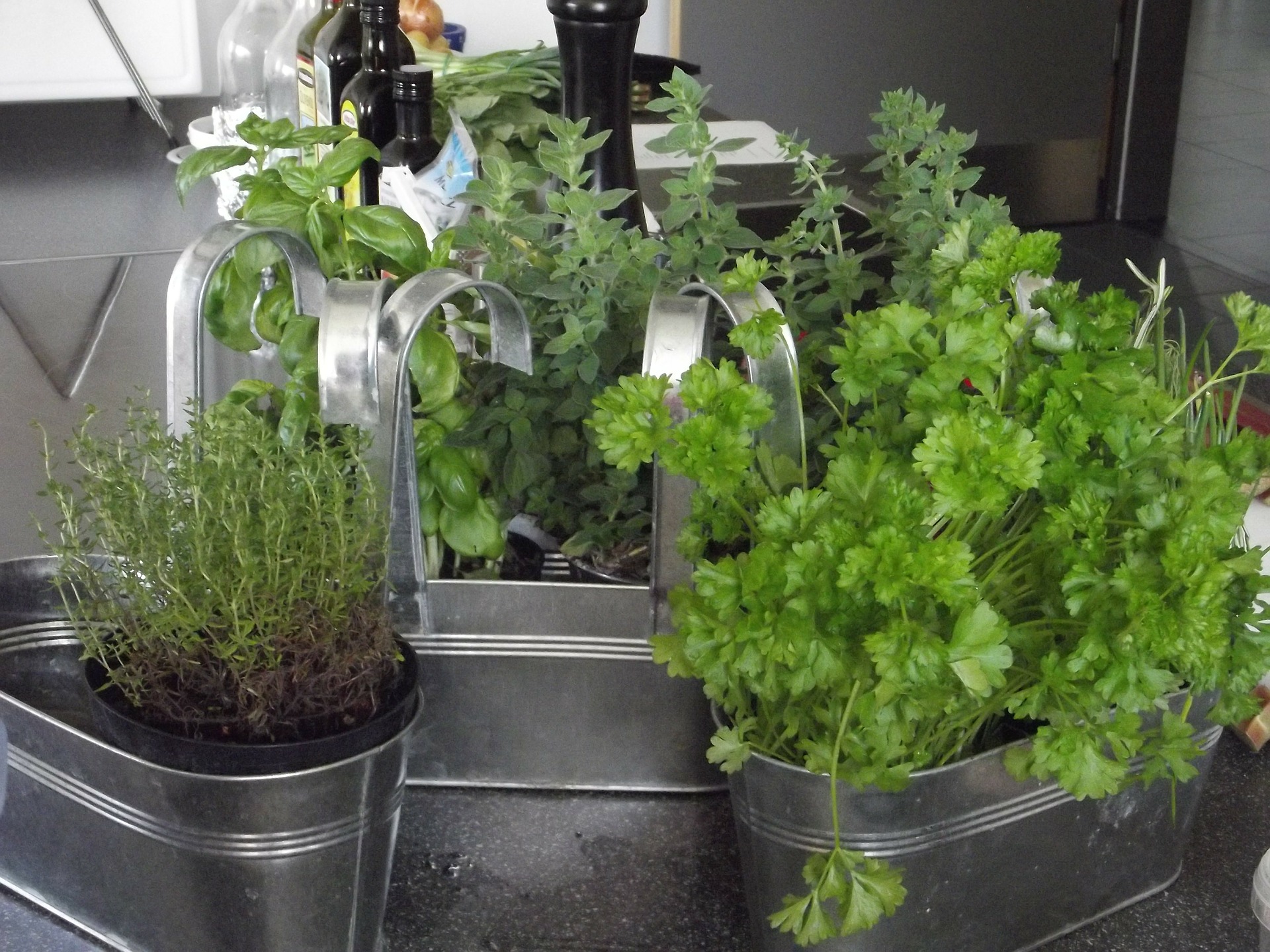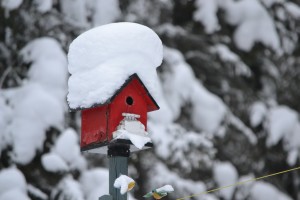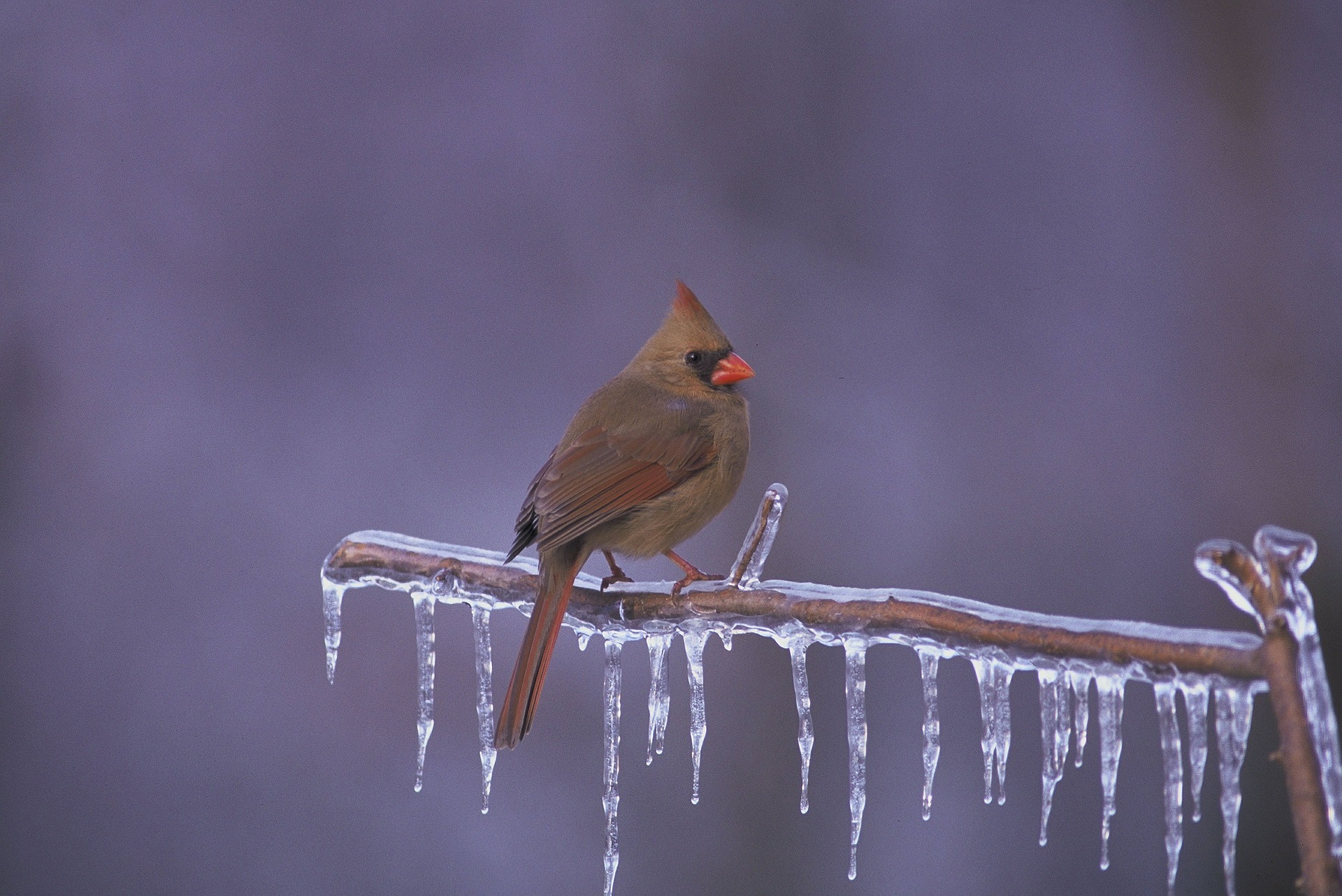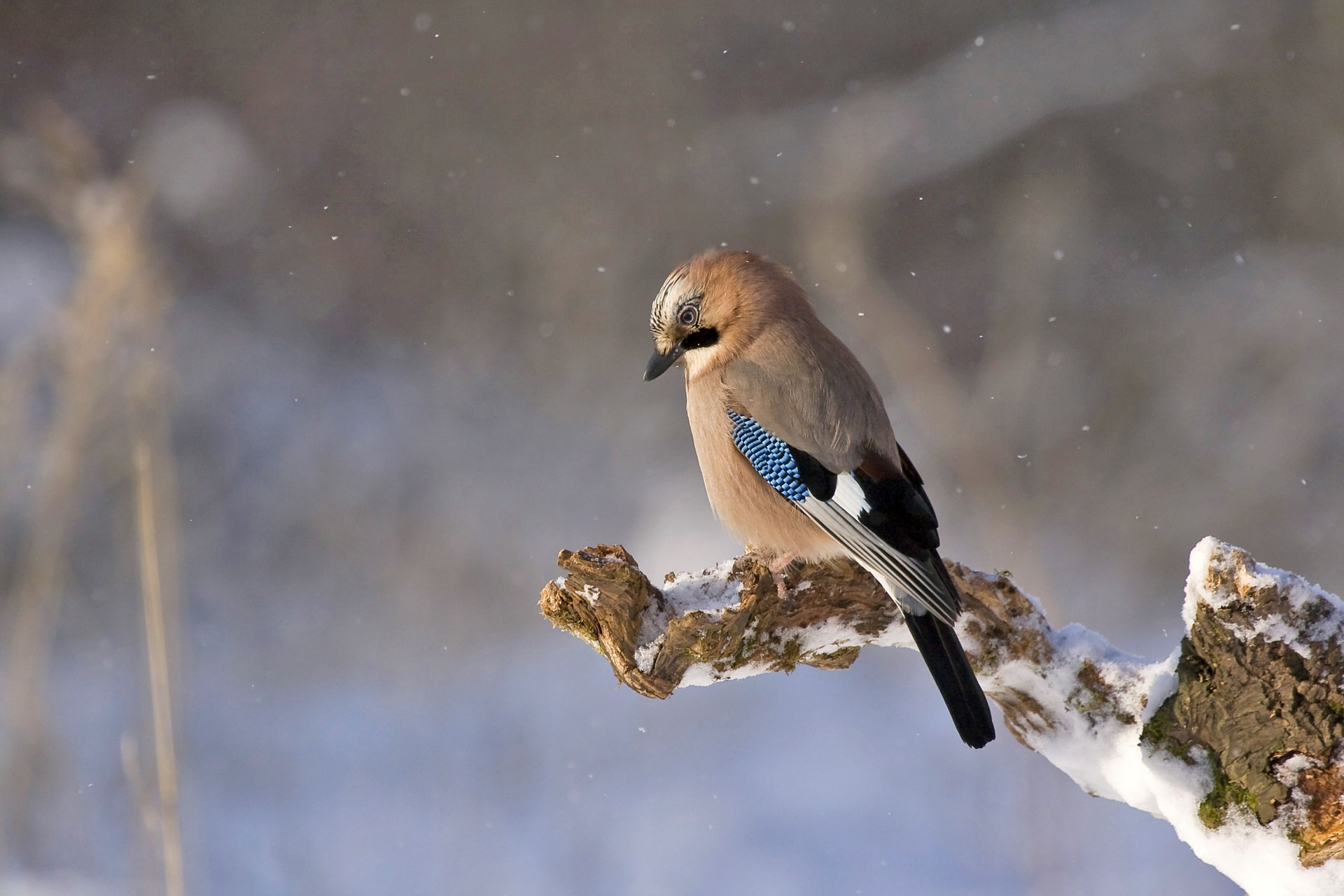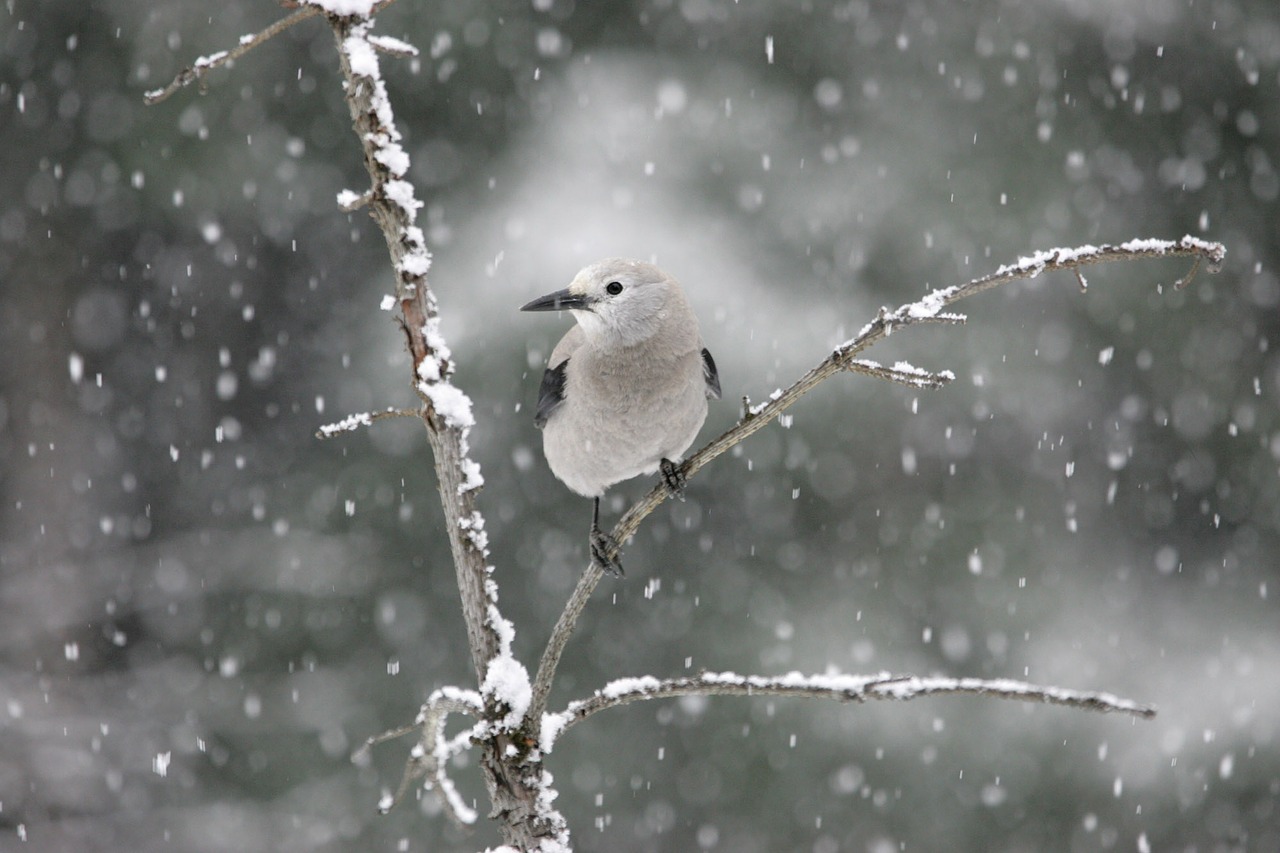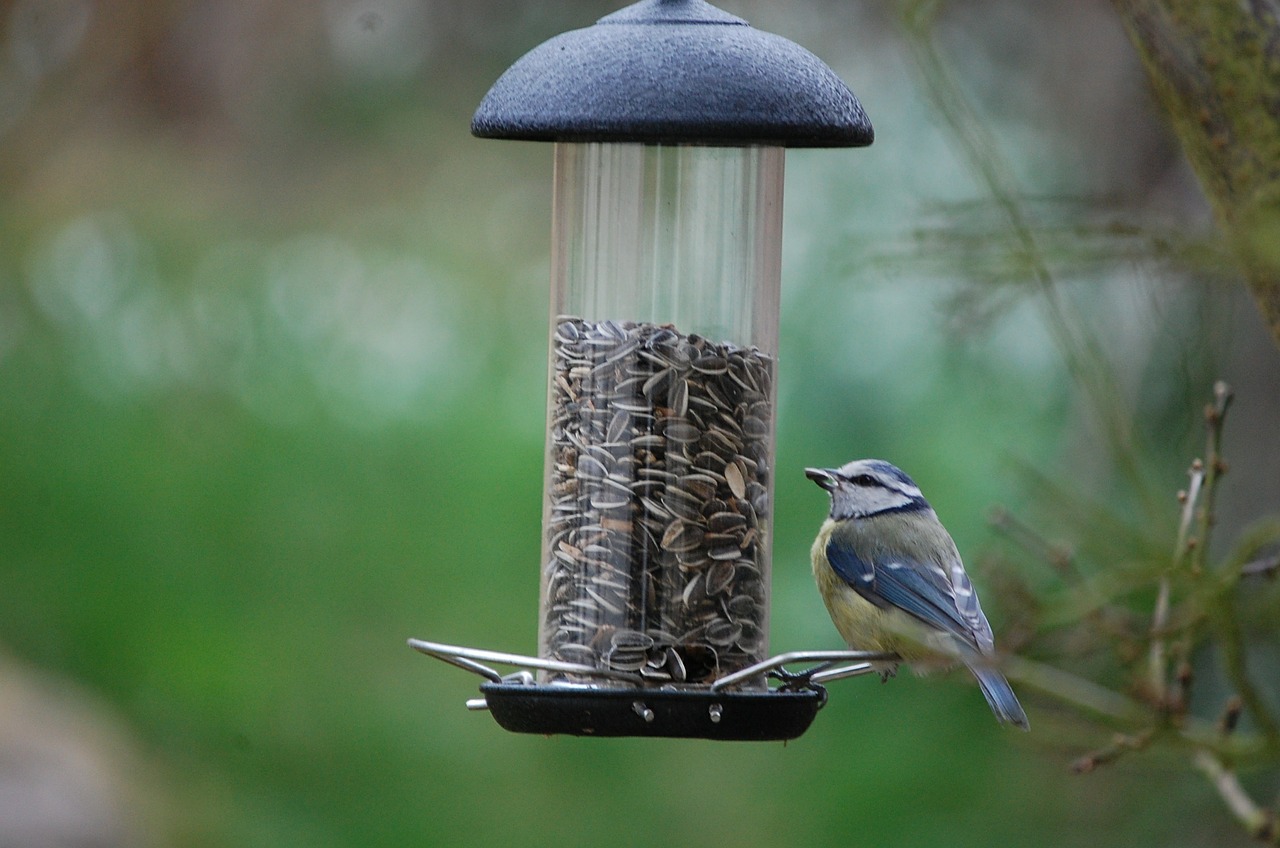The Easiest Tomatoes to Grow
Depending on what you’re making and where you live, some tomatoes really are better! With more than 7,500 varieties, you have to know exactly what you’re looking for.
So whether you say to-may-to or to-mah-to, we’re here to help you choose the easiest tomato variety for you.
Cherry Tomatoes are the easiest tomatoes for beginners to grow. They produce crop after crop and have very few problems! Here are a few of the best.
Super Sweet 100
The name says it all – these are sweet and easy. Just one plant can bear more than 1,000 tomatoes. Super Sweet 100s grow in long strands or clusters of more than 100 tomatoes. You’ll have thousands of tomatoes that are high in Vitamin-C by the end of the season.
- Disease Resistance: V, F and N
- Growth Type: Indeterminate
- Time to Maturity: 60-70 days
- Taste and Texture: Super sweet and juicy with a firm texture
- Light: Full sun
- Plant Size: 8-12’
- Spacing: 18-36” apart
- Staking: Yes – Cage or stake
Napa Grape
This classic tomato tastes and looks just like its bigger rivals, but has a higher sugar content than any other grape tomato. Known to be one of the tastiest tomatoes out there, the Napa Grape produces sweet tomatoes that taste yummy in salads or as snacks.
- Disease Resistance: Very disease resistant
- Growth Type: Indeterminate
- Time to Maturity: 65 days
- Taste and Texture: Sugary with a firm texture
- Light: Full sun
- Plant Size: 4-6’
- Spacing: 24-36” apart
- Staking: Yes – Cage or stake
Golden Nugget
These sweet tasting tomatoes love cool weather and can withstand the heat. Looking more like tangerines than tomatoes, Golden Nuggets ripen early and produce lots of fruit.
- Disease Resistance: V and F
- Growth Type: Determinate
- Time to Maturity: 55-65 days
- Taste and Texture: Balanced, mild with a hint of sweetness and a thin skin
- Light: Full sun
- Plant Size: 2-3’
- Spacing: 18-24” apart
- Staking: No
Yellow Pear
Tangy, beautiful and tiny, Yellow Pear tomatoes look charming in salads or as snacks. A favorite of chefs, these dynamic tomatoes love to sprawl, so contain them with a cage or stake.
- Disease Resistance: Not susceptible to blossom end, but can develop early blight
- Growth Type: Indeterminate
- Time to Maturity: 75-80 days
- Taste and Texture: Tangy yet mild with a slightly firm and mealy texture
- Light: Full sun
- Plant Size: 6-12’
- Spacing: 24-36” apart
- Staking: Yes – Cage or stake
Sun Gold
These orange tomatoes taste like tropical fruit and thrive in hot, sultry climates. Grown in long clusters of 10-15 tomatoes, Sun Golds produce fruit well into fall. Plus, these cherry tomatoes can be grown in containers.
- Disease Resistance: V, F and T
- Growth Type: Indeterminate
- Time to Maturity: 55-65 days
- Taste and Texture: Sweet and fruity taste with a firm, crisp texture
- Light: Full sun
- Plant Size: 5-10’
- Spacing: 24-36” apart
- Staking: Yes – Cage or stake
Go forth, and grow! When you’re organic gardening, be sure to feed tomatoes lots of Tomato-tone during the growing season.

